Premium Only Content

Ducks And Ducklings Moving Together In Family Reunion Group
Ducks eat a variety of food sources such as grasses, aquatic plants, fish, insects, small amphibians, worms, and small molluscs.
Dabbling ducks feed on the surface of water or on land, or as deep as they can reach by up-ending without completely submerging. Along the edge of the beak, there is a comb-like structure called a pecten. This strains the water squirting from the side of the beak and traps any food. The pecten is also used to preen feathers and to hold slippery food items.
Diving ducks and sea ducks forage deep underwater. To be able to submerge more easily, the diving ducks are heavier than dabbling ducks, and therefore have more difficulty taking off to fly.
A few specialized species such as the mergansers are adapted to catch and swallow large fish.
The others have the characteristic wide flat beak adapted to dredging-type jobs such as pulling up waterweed, pulling worms and small molluscs out of mud, searching for insect larvae, and bulk jobs such as dredging out, holding, turning head first, and swallowing a squirming frog. To avoid injury when digging into sediment it has no cere, but the nostrils come out through hard horn.
-
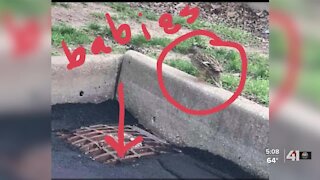 2:53
2:53
KSHB
4 years agoGroup comes together to rescue ducklings
18 -
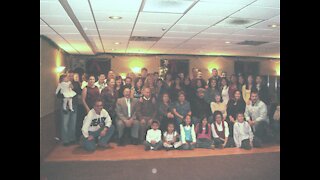 21:08
21:08
jazzmentor
3 years ago2007 Family Reunion
30 -
 4:18
4:18
Ray26
4 years agoFamily Reunion 1995
19 -
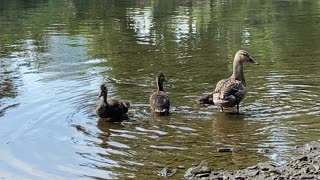 0:51
0:51
IMarkItSOLD
3 years agoDuck family of 3 Ducklings 3
54 -
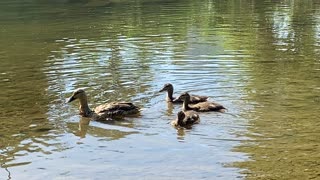 1:02
1:02
Nature and Wildlife
3 years agoDuck family of 3 Ducklings 5
54 -
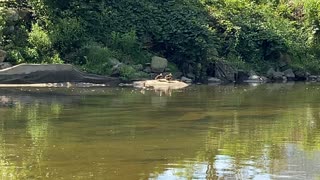 0:25
0:25
Nature and Wildlife
3 years agoDuck family of 3 Ducklings
67 -
 0:43
0:43
Nature and Wildlife
3 years agoDuck family of 3 Ducklings 4
68 -
 1:58
1:58
IMarkItSOLD
3 years agoDuck family of 4 ducklings
34 -
 1:10
1:10
Nature and Wildlife
3 years agoDuck family of 3 Ducklings 2
48 -
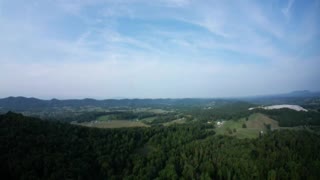 5:03
5:03
rfournier3128
3 years ago $0.06 earnedFamily reunion in the sky
365